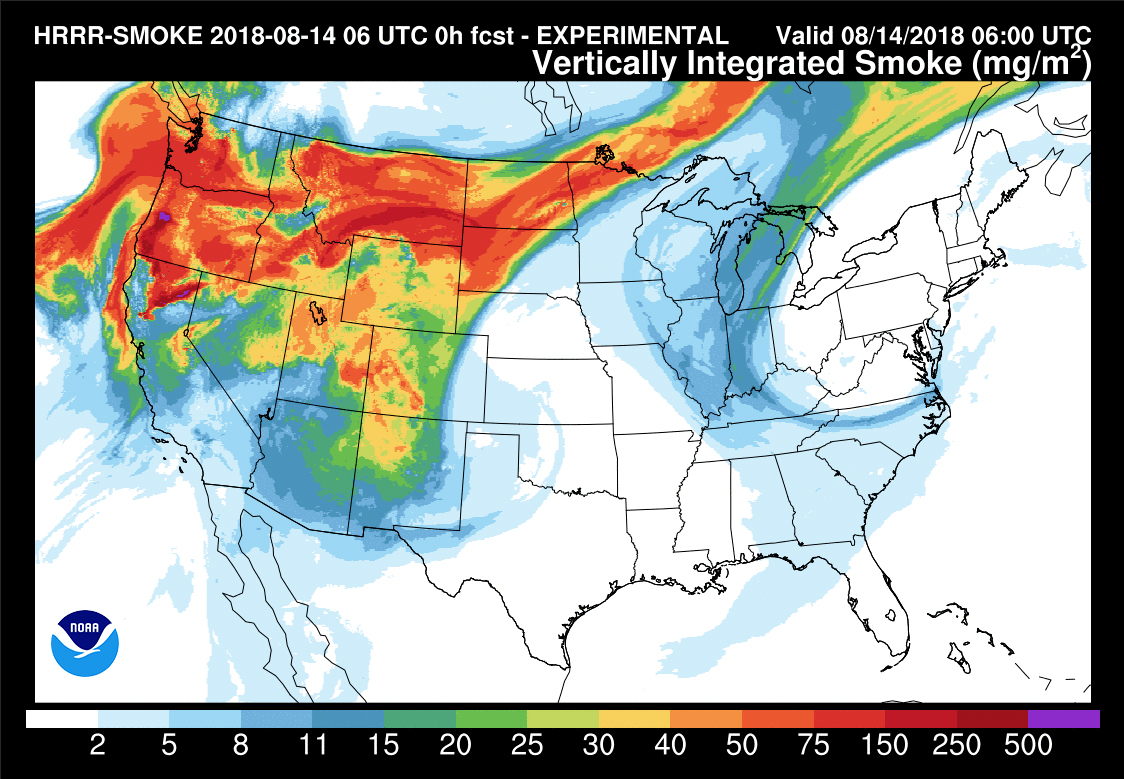Assimilation and Verification Innovation Division
The Assimilation and Verification Innovation Division works on techniques to assimilate all types of weather observations, including radar, satellite and lightning data, into atmospheric analysis and numerical weather prediction systems. These assimilation techniques are applied to both regional and global models. AVID also develops capabilities to verify and assess experimental and operational model forecast skill through a variety of metrics that use many of the same observation types. The AVID team was responsible for leading the development of the innovative Rapid Refresh (RAP) 13km and High-Resolution Rapid Refresh (HRRR) 3km hourly-updating high-impact weather prediction models. They now focus their efforts on developing a Rapid Refresh Forecast System (RRFS) as part of NOAA’s Unified Forecast System (UFS).

AVID has expertise in
- Storm-scale ensemble analysis and forecast models including post-processing
- Advanced observational data assimilation techniques for regional and global applications
- Integrated, common verification applications for model assessments
- Observation sensitivity experiments
The Assimilation and Verification Innovation Division is divided into two branches:
- Data Assimilation Branch - The Data Assimilation Branch (DAB) develops advanced observational data assimilation techniques including use of radar and satellite observations along with other data sets. These assimilation techniques are applied in particular for regional models but with some applications working towards global model data assimilation.
- Verification and Assessment Branch - The Verification Assessment Branch (VAB) develops integrated, common verification applications for model and assimilation research and development, and for observation sensitivity experiments.
Forecast Models
Rapid Refresh (RAP)
The Rapid Refresh is the continental-scale NOAA hourly-updated assimilation/modeling system operational at NCEP. RAP covers North America and is comprised primarily of a numerical forecast model and an analysis/assimilation system to initialize that model. RAP is complemented by the higher-resolution 3km High-Resolution Rapid Refresh (HRRR) model, which is also updated hourly and covering a smaller geographic domain.
High-Resolution Rapid Refresh (HRRR)
The HRRR is a NOAA real-time 3km resolution, hourly updated, cloud-resolving, convection-allowing atmospheric model, initialized by 3km grids with 3km radar data assimilation. Radar data is assimilated in the HRRR every 15 minutes over a 1-hour period adding further detail to that provided by the hourly data assimilation form the 13km radar-enhanced Rapid Refresh.
GSL's experimental Rapid Refresh - Smoke (RAP-Smoke) and High-Resolution Rapid Refresh-Smoke (HRRR-Smoke) models simulate the emissions and transport of smoke from wildfires and the impact of smoke on the weather. RAP-Smoke and HRRR-Smoke predict the 3D movement of fire-emitted fine particulate matter (PM 2.5 or fire smoke).
Rapid Refresh Forecast System (RRFS)
ESRL/GSL, NSSL, NCEP/EMC, and partners are working together on a project to design a single-model, convection-allowing, ensemble-based data-assimilation and forecasting system, called the Rapid Refresh Forecast System (RRFS). This project aims to develop advanced high-resolution data-assimilation techniques and ensemble-forecasting methods while supporting the unification and simplification of the NCEP modeling suite around the FV3 model.
